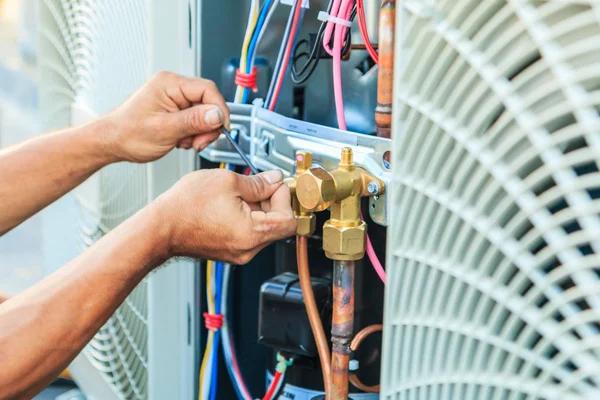Installing a new air conditioning system is an important investment in your home’s comfort and energy efficiency. A proper installation can ensure optimal performance, reduce energy bills, and extend the lifespan of your unit. To achieve this, it is crucial to approach the process with careful planning and professional guidance. Here are some expert tips to help you achieve a smooth air conditioning installation.
First, selecting the right size unit for your space is critical. An oversized or undersized air conditioner can lead to inefficiency, uneven cooling, and premature wear on components. Professional HVAC technicians use load calculations based on factors such as square footage, insulation levels, window placement, and climate conditions to determine the appropriate capacity for your needs.
Once you’ve selected the right unit, hire a qualified technician for the installation process. While DIY projects may seem appealing for cost savings, improper installation can result in long-term issues that are far more expensive to fix. Licensed professionals have the expertise to handle complex tasks like ductwork adjustments and electrical connections while ensuring compliance with local building codes.
Proper placement of both indoor and outdoor units plays a significant role in system performance. The outdoor condenser should be installed in a well-ventilated area away from direct sunlight or obstructions like shrubs or walls that could restrict airflow. Similarly, indoor units should be positioned strategically to distribute cool air evenly throughout the space.
Before installation begins, inspect existing ductwork if you’re upgrading an older system or connecting central air conditioning repair near me for the first time. Leaky ducts can significantly impact efficiency by allowing cooled air to escape before reaching its destination. Sealing leaks and cleaning ducts will improve overall performance while maintaining better indoor air quality.
Another essential consideration is ensuring adequate insulation around your home. Properly insulated walls, ceilings, doors, and windows prevent heat transfer between indoors and outdoors so that your AC doesn’t have to work harder than necessary during peak summer months.
Finally, schedule regular maintenance after installation is complete to keep your system running smoothly over time. Tasks such as cleaning filters monthly or tuning up components annually will help identify potential problems early while preserving energy efficiency year-round.
By following these expert tips—choosing the right equipment size; hiring skilled professionals; optimizing placement; inspecting ducts; improving insulation; committing to routine maintenance—you’ll enjoy reliable cooling comfort without unnecessary headaches down the line!




